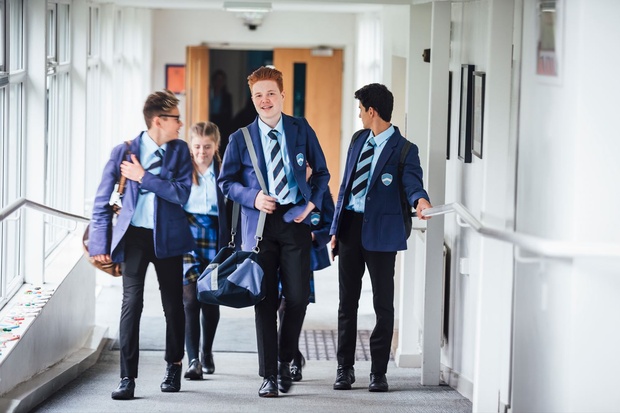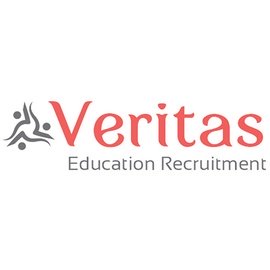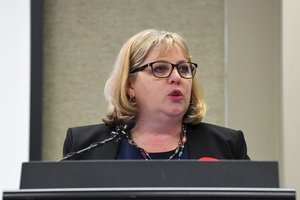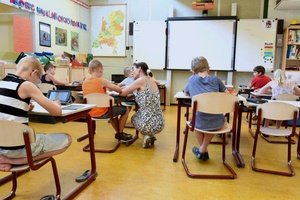Private schools are investing millions in infrastructure and paying some principals’ salaries in excess of $1 million – all enabled, the Institute claims, by public funding and tax concessions.
The cost of tax concessions to just five private schools in NSW is estimated at over $2m per year, it says, suggesting the total likely cost is tens of millions in NSW and possibly hundreds of millions across the country.
In 2024, more than half of the estimated $29.1 billion the Commonwealth Government will spend on schools in Australia will go to private schools ($17.8 billion).
Dr Morgan Harrington, postdoctoral research manager at the Australia Institute and co-author of Funding a fairer education system, says the current system is unbalanced and unsustainable.
“Reform is desperately needed to ensure all Australian children have access to the best education possible regardless of income, geography, or culture,” Harrington said.
“The amount private schools are spending on luxurious amenities and high salaries is of great concern.
“These building funds disproportionately benefit those with higher incomes because their capacity to spend is well above what public schools can afford.”

Australia Institute research looked at which school buildings should be eligible for tax deduction status.
Many private schools in NSW receiving government funding or tax concessions appear to be operating in breach of the relevant legislation that requires them not to operate for profit, to pay wages in line with market values, and with expenditure that is not required for the operation of the school.
Examples include Cranbrook School, which spent $125 million on a five-story sandstone building that contains a double-height orchestra room, 267-seat theatre, and Olympic-sized indoor pool; The Scots College, which in 2019 paid a reported $29 million to renovate a library so that it would resemble a Scottish Baronial castle; and The King’s School, which paid $15 million to buy six hectares of land next to Lane Cove National Park for staff and student camps.
“Much of this spending is not part of core educational requirements, which calls into question how they benefit NSW as a whole,” Harrington says.
“Removing tax concessions for private school building funds and requiring greater transparency in reporting will reduce inequities and make private schools more accountable for the public money they receive.”
Australia Institute research reveals that four in five Australians agree that private school facilities should be available to community groups outside of school hours as a condition of receiving special tax deductions for buildings.
It also sugggest that Australians are most supportive of tax deductions for school buildings that have clear educational benefits (libraries 76 per cent, classrooms 74 per cent and science labs 73 per cent).
The Institute’s recommendations to the NSW education review include:
- All schools should be required to table in state parliament an annual report detailing school income (by source); and an itemised list of expenditures including senior manager salaries.
- Tax deductions given to private school building funds should be removed.
- Private school facilities should be made available to community groups outside of school hours.
- As a condition of receiving public funding, private schools should have to disclose an itemised list of the salaries they pay senior executives.














